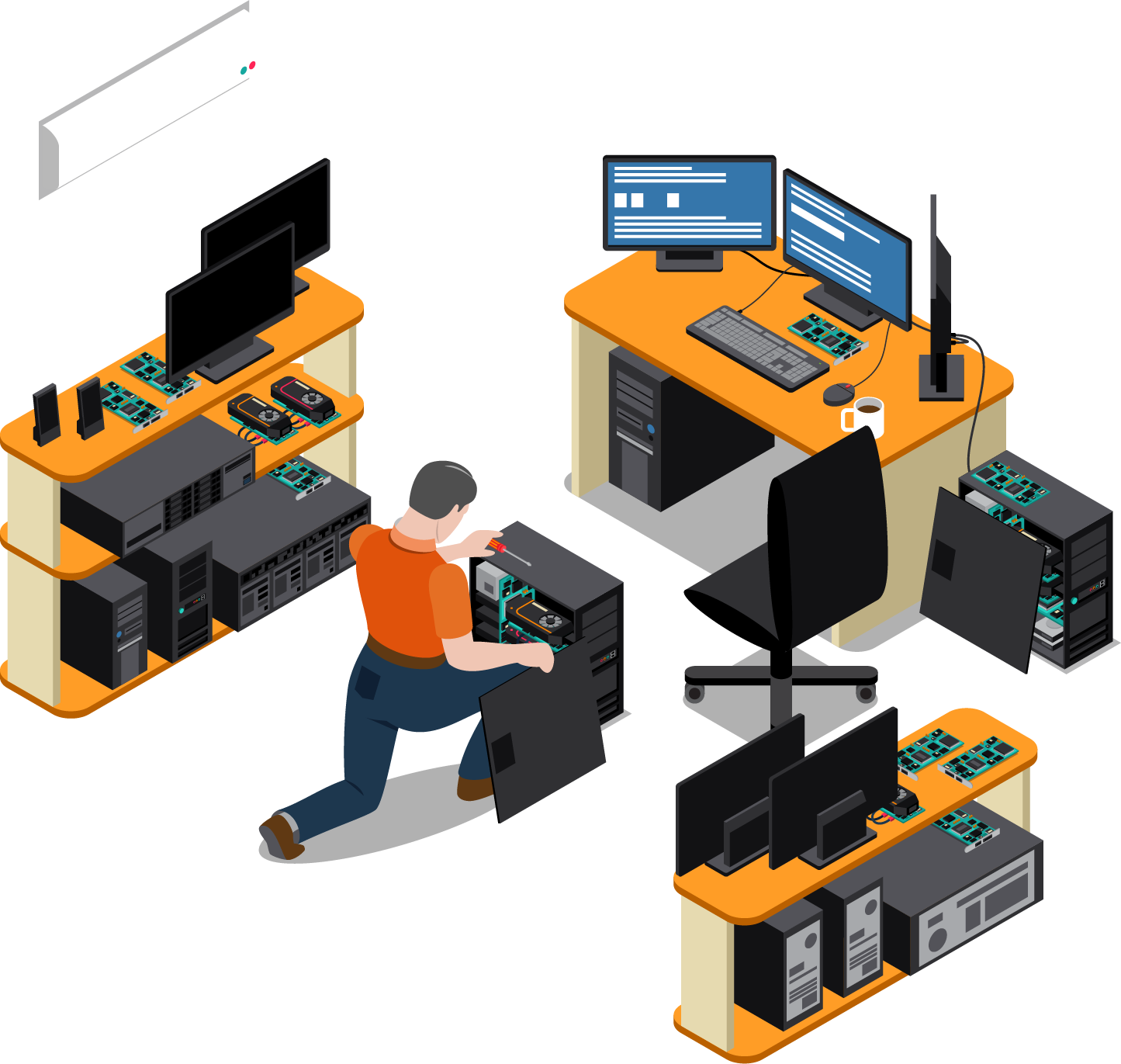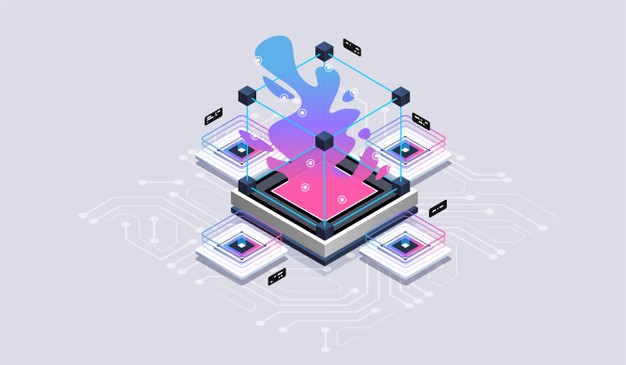Data Center Networking and Energy Efficiency
High energy consumption by data centers has raised many concerns about energy efficiency in data center networking. More especially with the increase of internet usage, video streaming, use of artificial intelligence, and machine learning.
Carbon emissions have also increased. So, saving energy in data centers has become very crucial to reduce the carbon footprint of data centers across the globe.
This article highlights the best ways to optimize energy efficiency in data center networking practices, and helpful ways to reduce energy consumption and CO2 emission in data centers and server rooms.
Ways to The Increase Energy Efficiency in Data Center Networking
Thankfully, there are some ways that can save our world from CO2 emissions and help reduce energy consumption in a datacenter network. The points below briefly discuss those ways:
Use of Server Virtualization to Reduce Energy Efficiency
Until the last few years, the average data center was using several physical servers for different applications including Oracle, SQL, Applications, Email, File, Print, etc. Now, server virtualization technology allows data centers to virtualize a single physical server into several computable machines with the help of software implementation.
Using one physical machine for many applications or workloads. This technology significantly decreases power consumption by cutting down the number of physical servers required for specific operations.
Decommissioning Unused Servers
After implementing virtualization technology, a lot of servers may remain idle. Decommissioning these unused servers will significantly increase energy efficiency in your data center network.
But first, identification of unused servers needs to be done, prior to being decommissioned. Use DCIM (Data Center Infrastructure Management) to see which machines are having low CPU utilization, and decommissioning those will help increase the energy efficiency of the data center.
Consolidating Servers
Consolidating lightly used servers and combining all the applications onto one server significantly reduces energy consumption over the long term. When you use a single server for a single workload, 90% of the servers in a data center run at 10% utilization only.
So, consolidating your many tasks into a single server will help turn off the remaining servers and increase the energy efficiency of the data center.
Effectively Managing Data Storage Space
Data storage devices take up a lot of space and energy in a data center. Managing them properly can help increase efficiency.
Use features like data compression, keeping a single copy of multiple duplicate files, use of snapshots, use of high-level RAIDs with lesser discs, storing old data to low-performance drives.
You can also use lower-speed drives, using MAID (Massive Array of Idle Disks), and using solid-state drives over hard disks can significantly reduce energy consumption.
Using More Energy-Efficient Machines
Day by day, many electronic devices are becoming more energy-efficient. So is the case of server equipment such as machines, storage drives, UPSs, PDUs.
Replacing old machines with modern energy-efficient machines on a large scale will cut energy consumption to a great extent. And save costs over the long run.
Using Hot Aisle/Cold Aisle Layout
The servers consume cold air via the front and exhaust hot air via the backside of the servers. This makes physical cooling of the data center a top cost.
The hot aisle/cold aisle solution proposes to reduce energy consumption and management costs involved in server temperature management. Hot aisle/cold aisle refers to a data center layout design that manages air-flow, lowering the energy, cooling, and management cost of data centers.
Using Variable Speed Fan Drives
A simple 10% reduction of your server fan’s speed can also cut your energy consumption by approx. 25%. Using variable speed fan drives to replace the constant speed fans will help increase energy efficiency within your data center network.
Using Outside Air Instead Of HVAC
Using air from the environment to ventilate the data center, especially during winter or nighttime, instead of HVAC reduces the cooling cost up to 60% and more. Installing a cooling system will help compress and cool down the air within your data center. Although, running cooling compressors 24/7 is energy-consuming.
Hence, using environmental ventilation during winter and nighttime will help reduce energy cost significantly.





